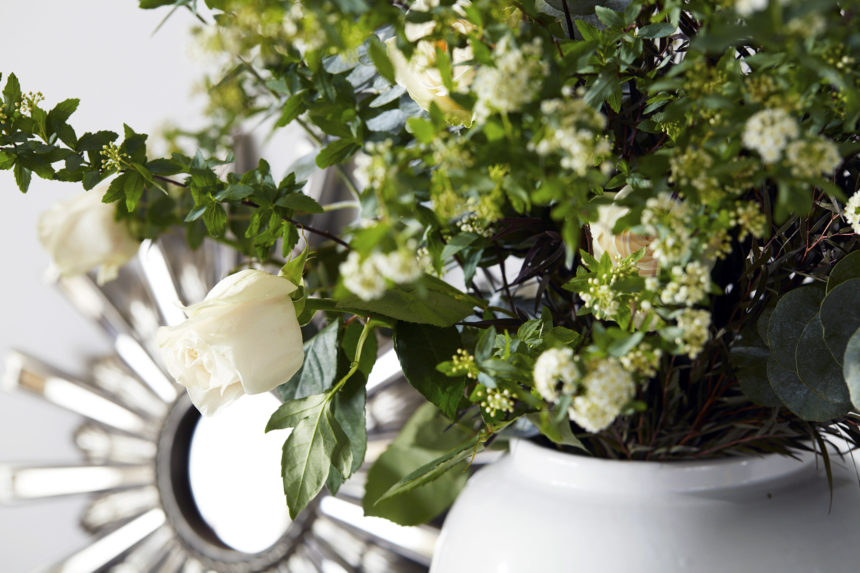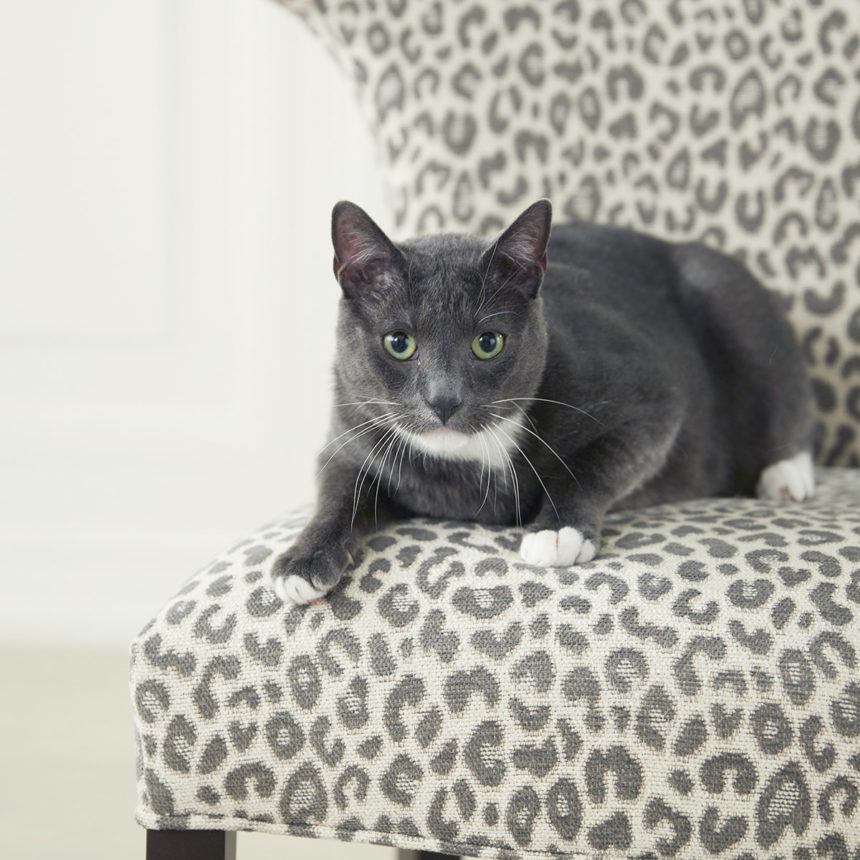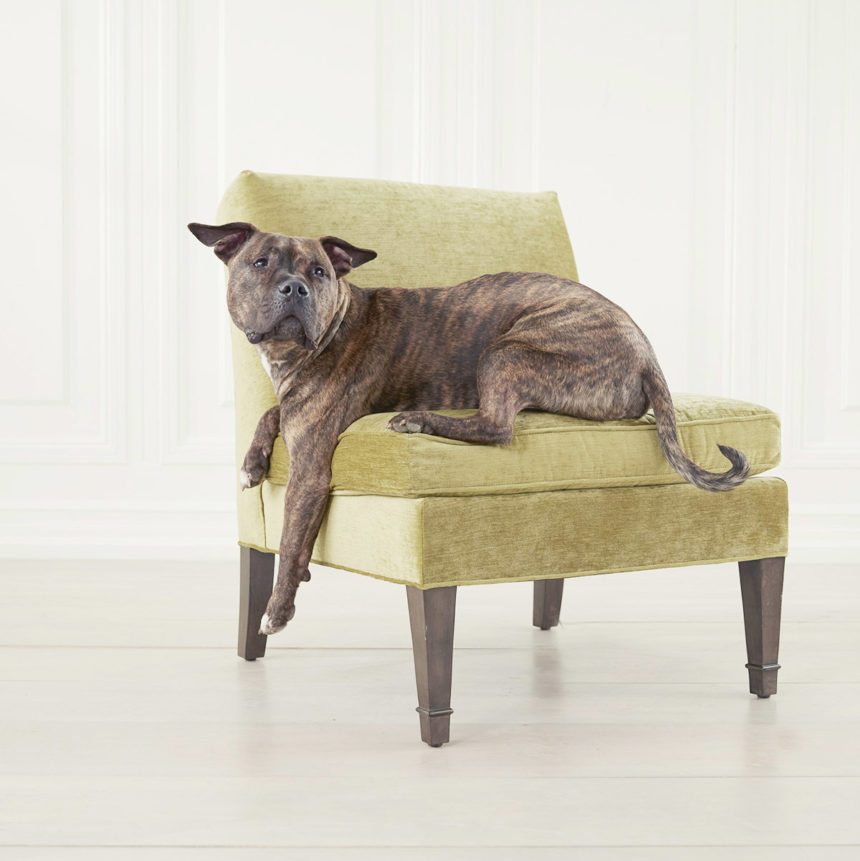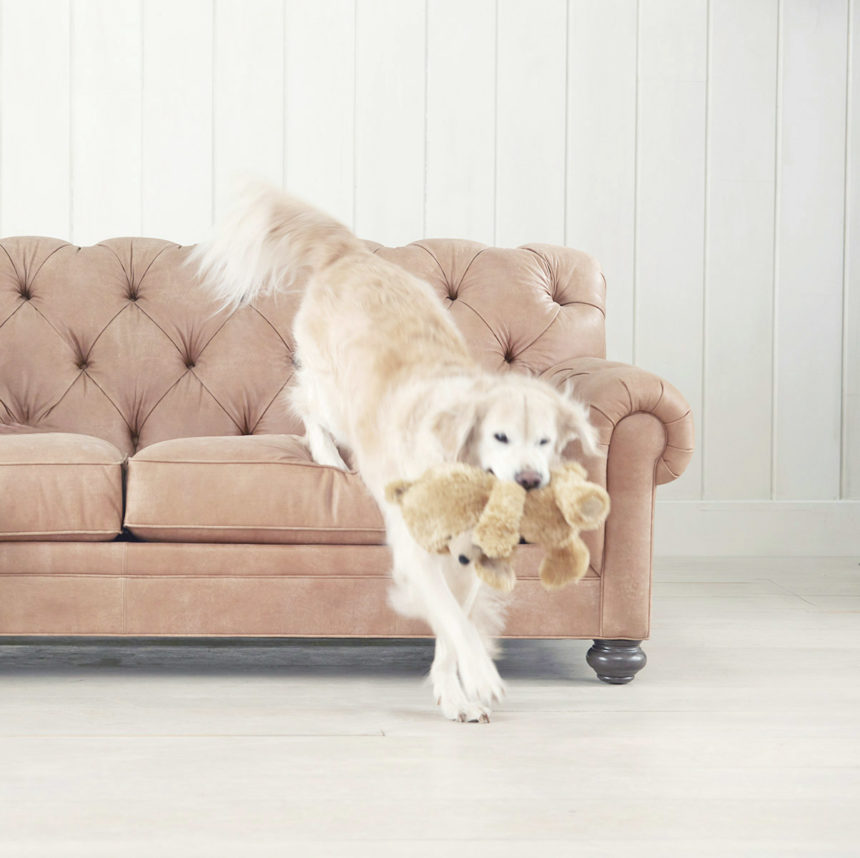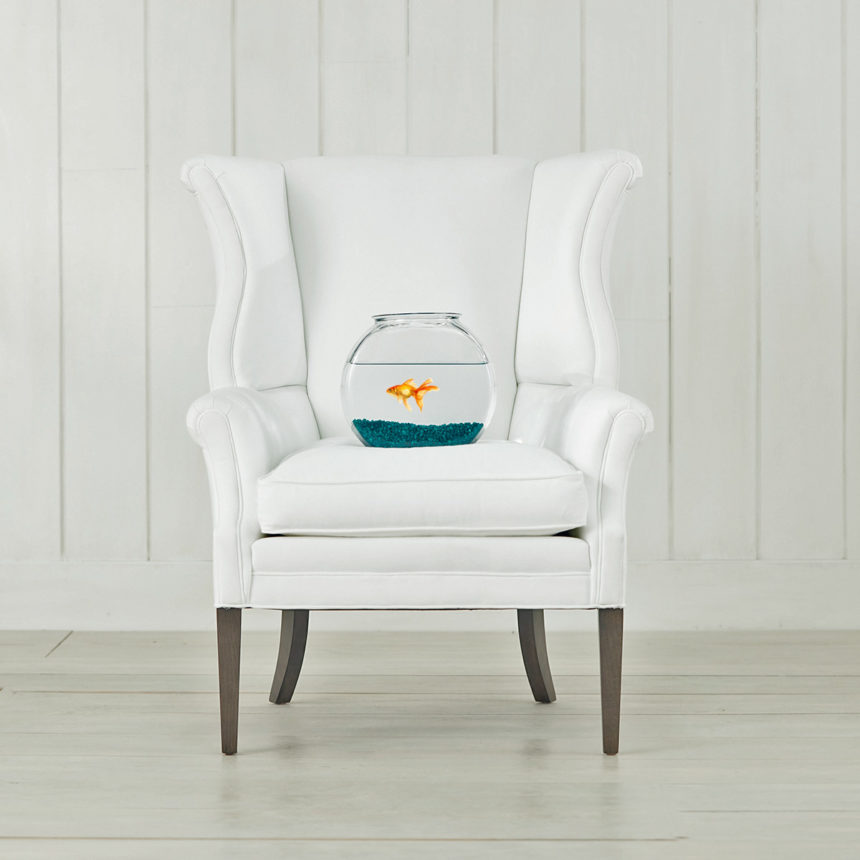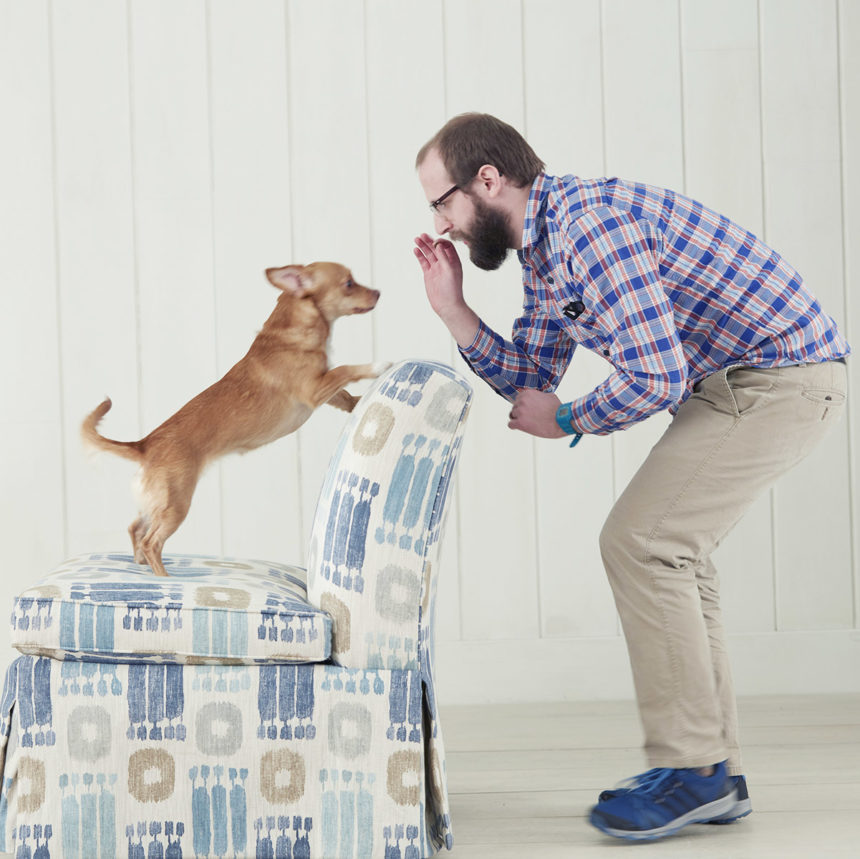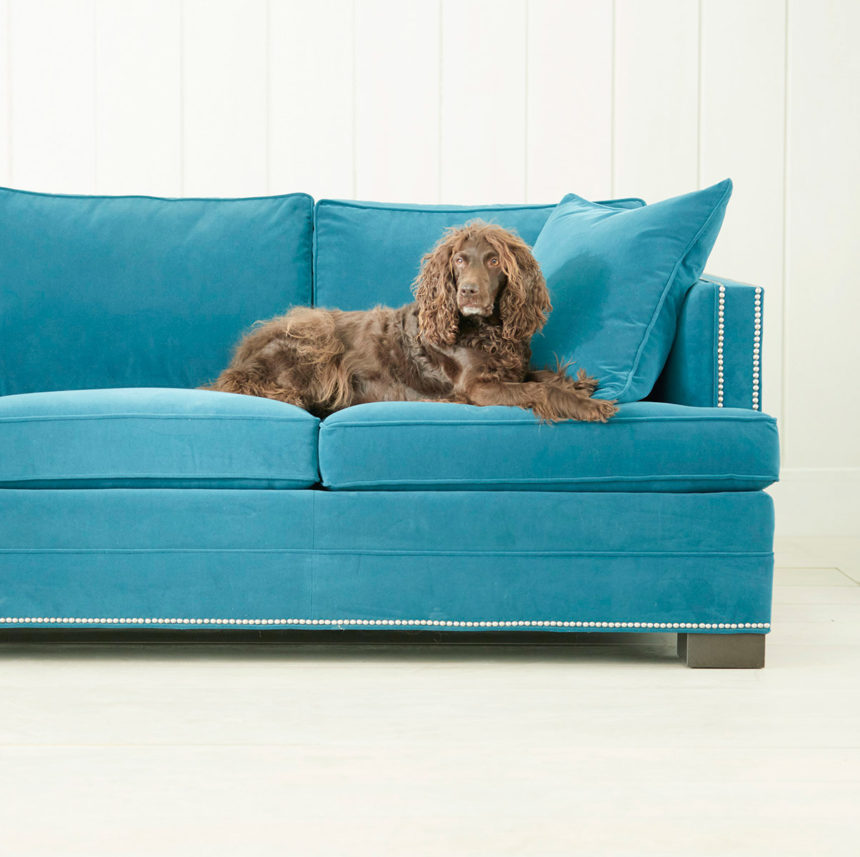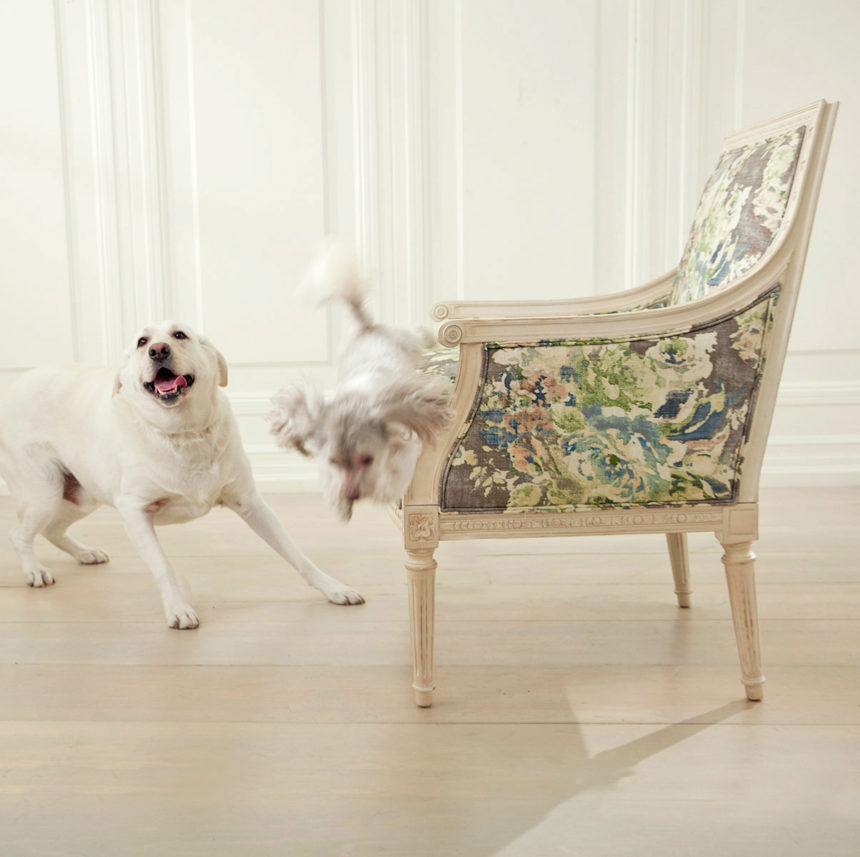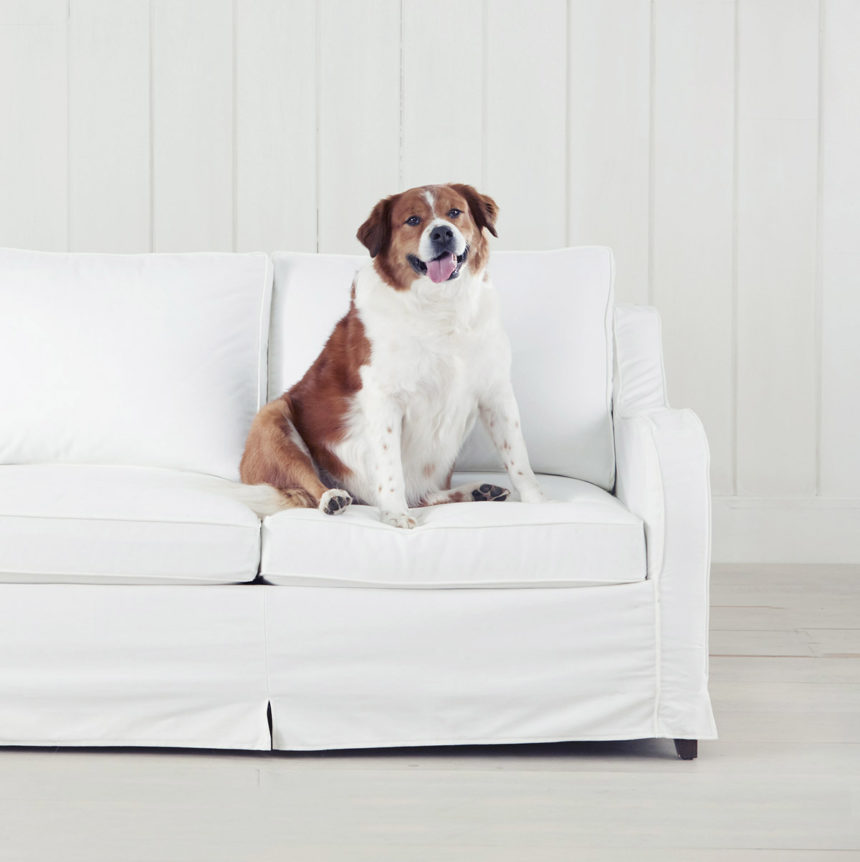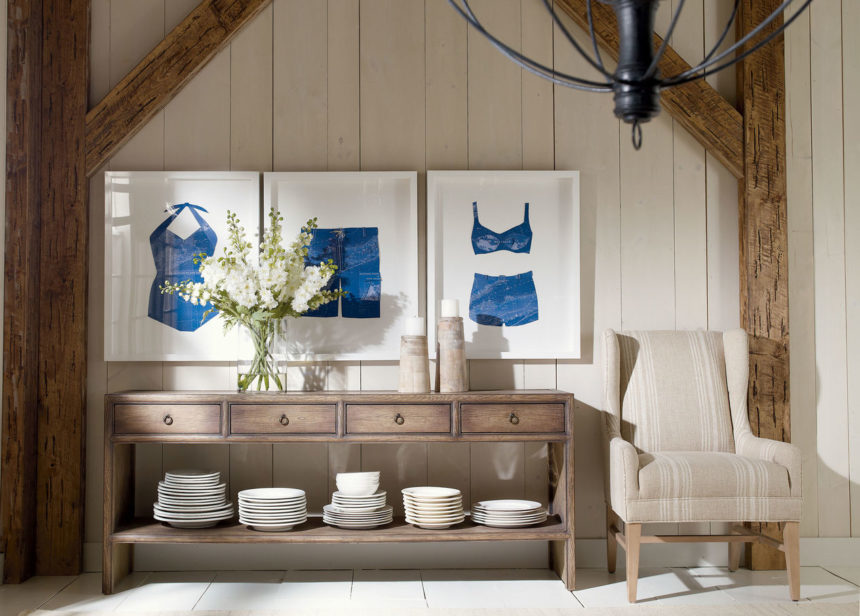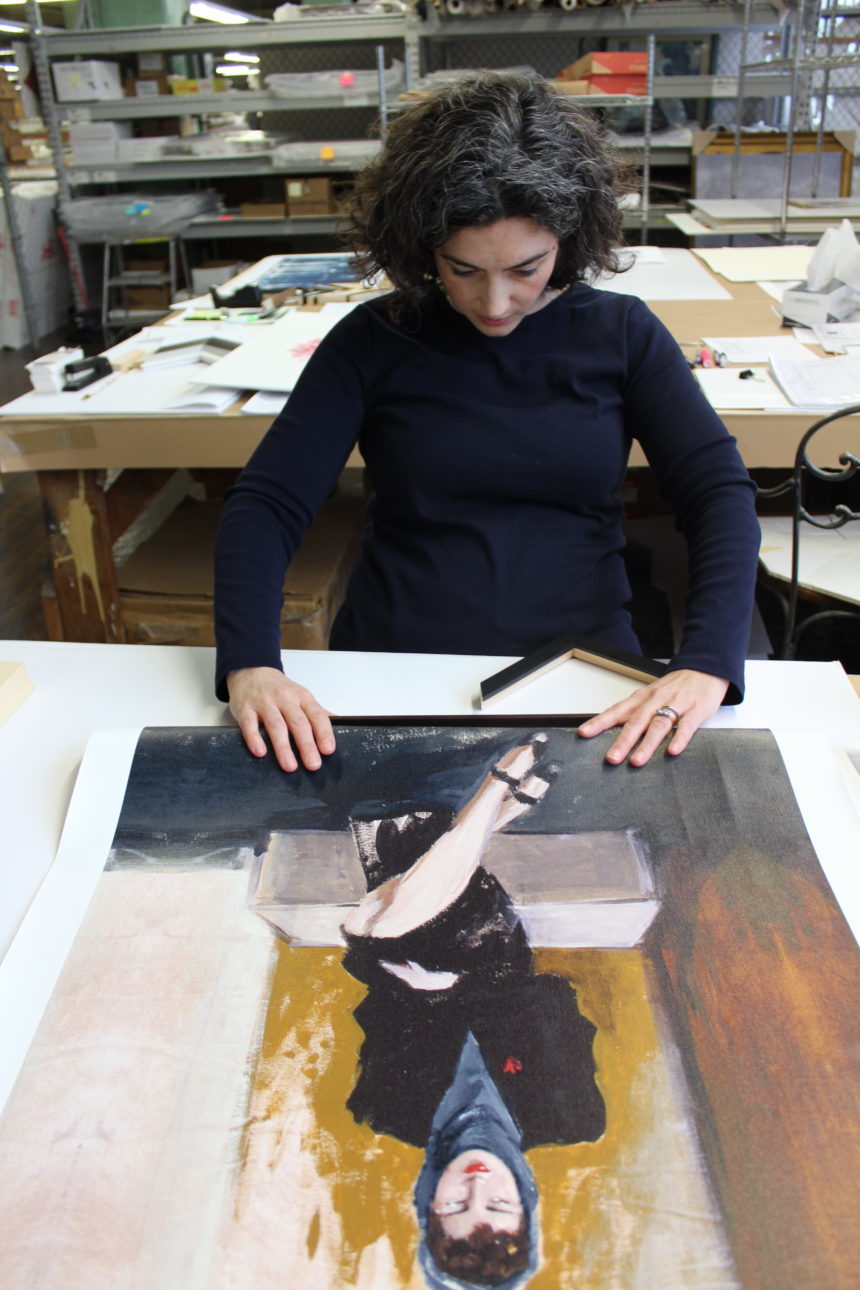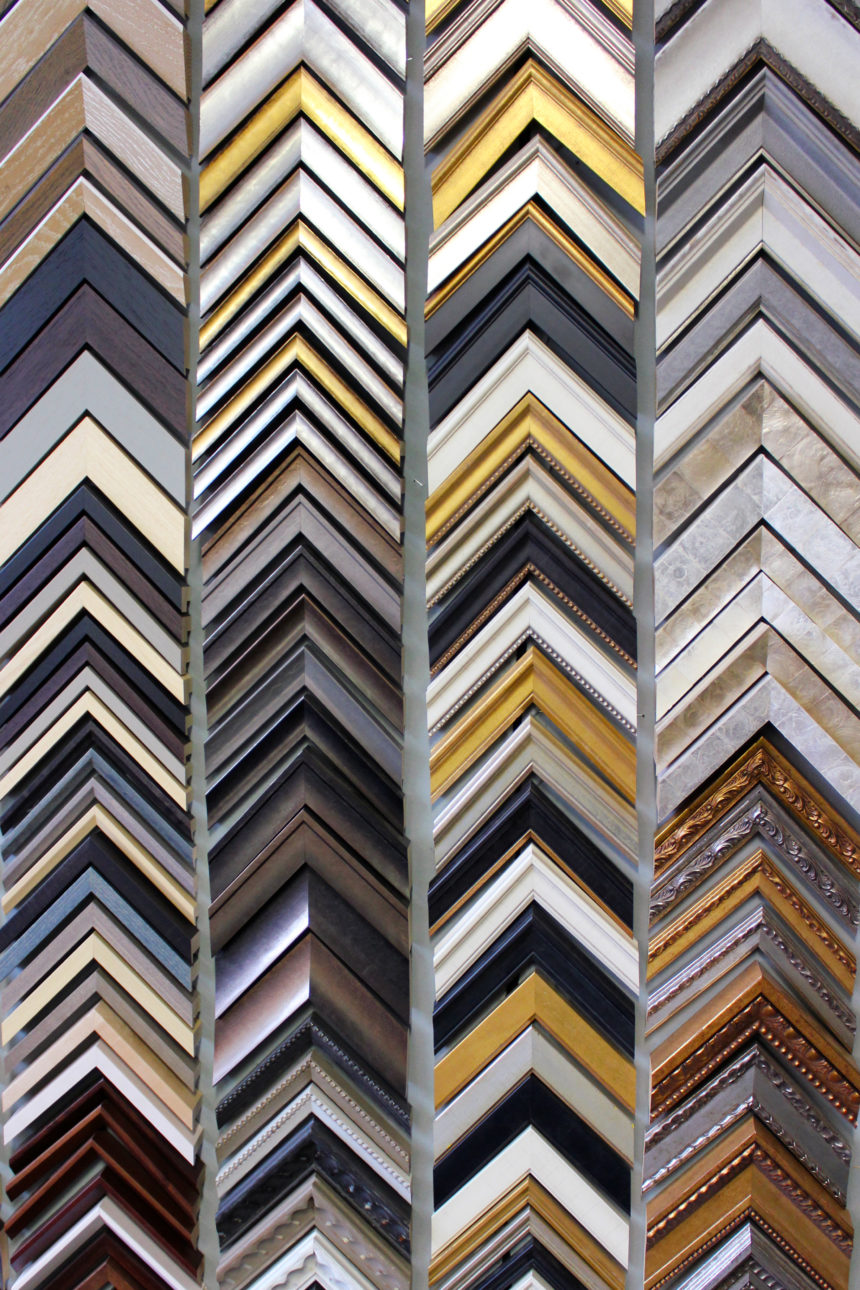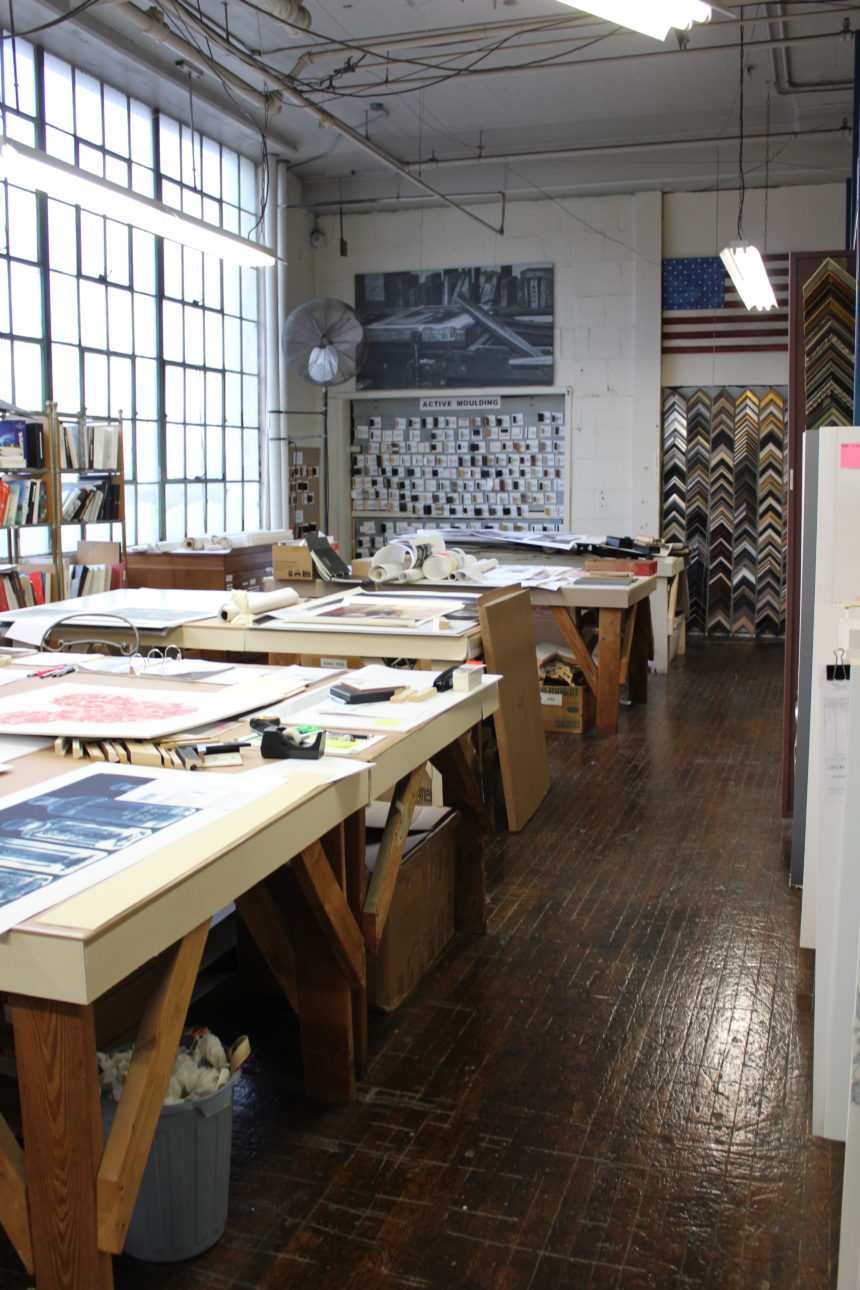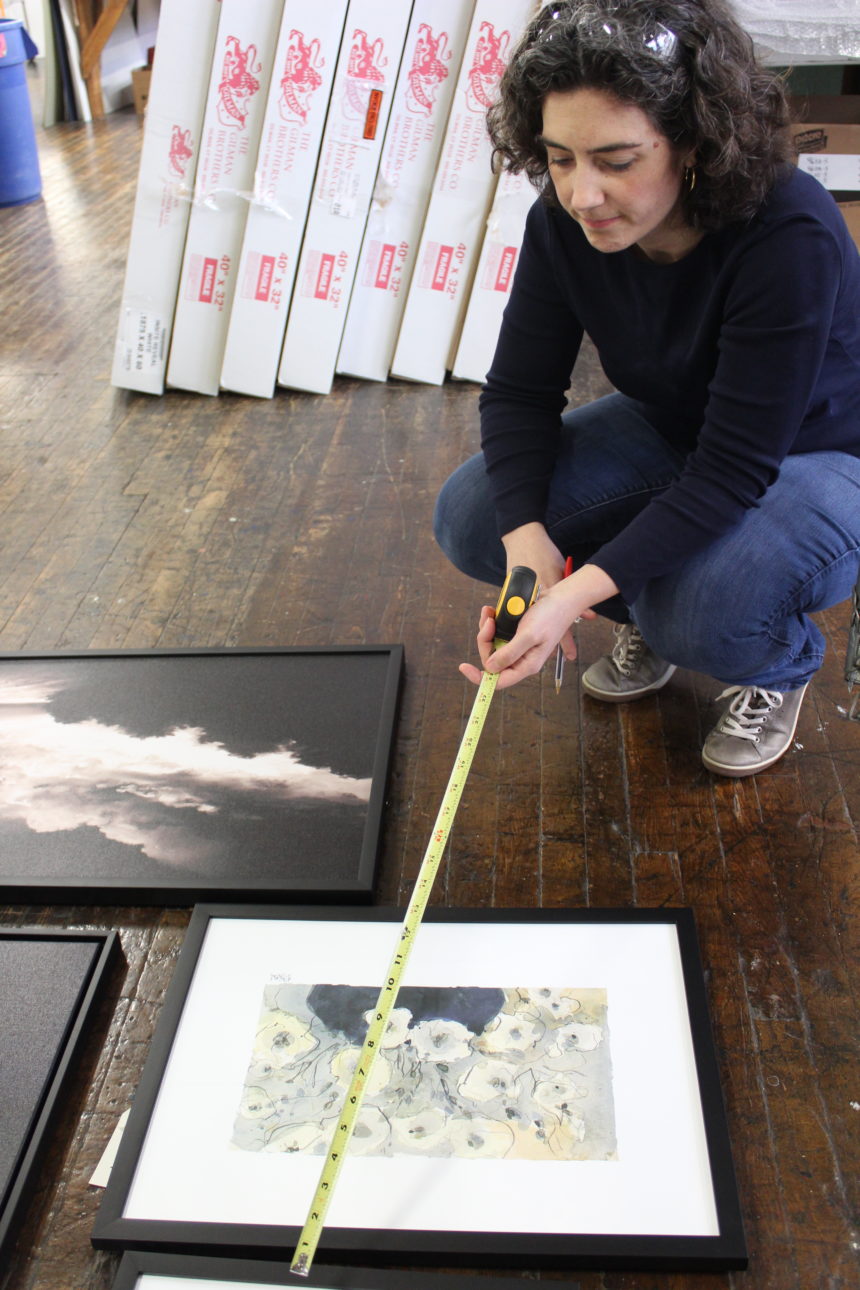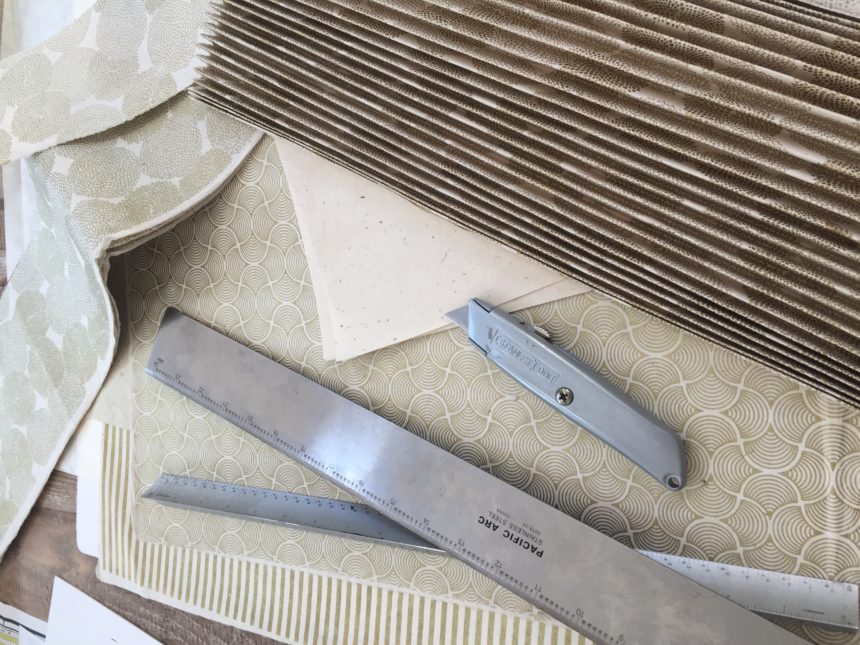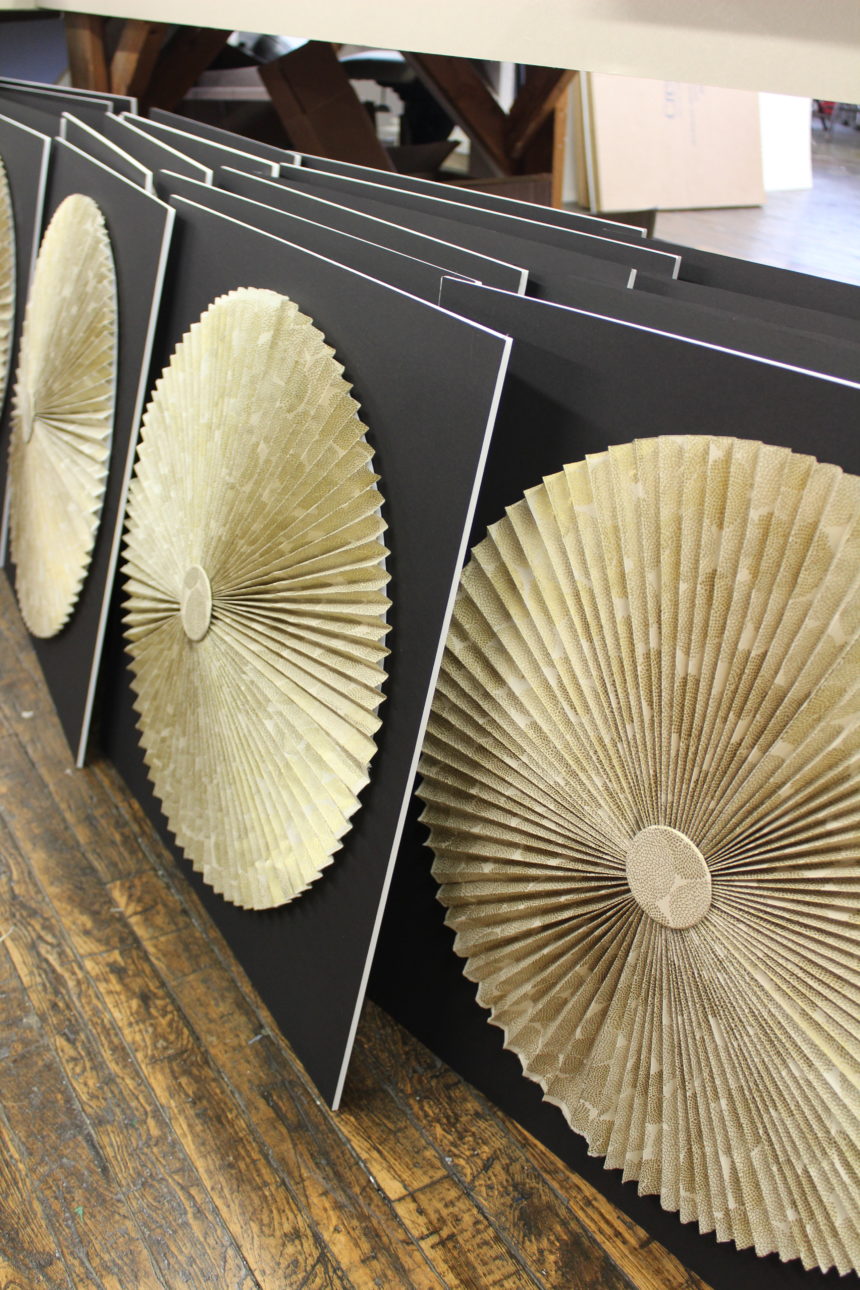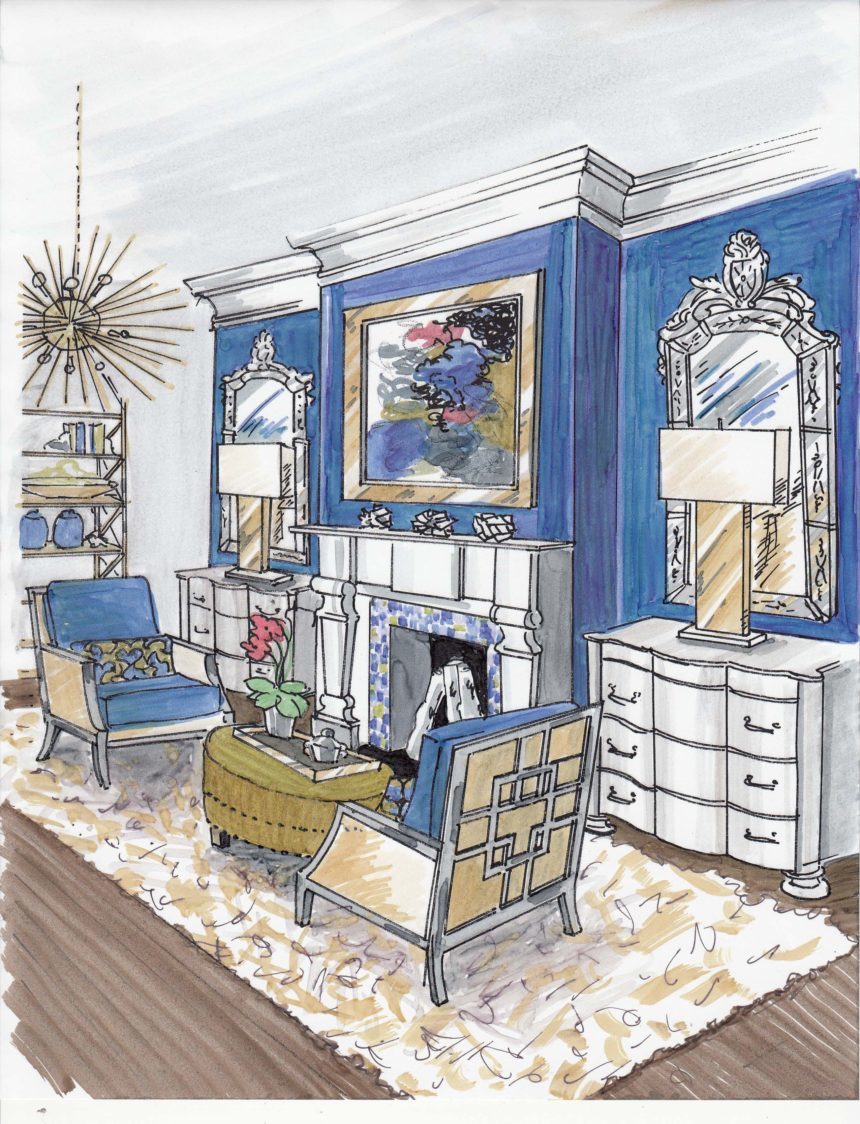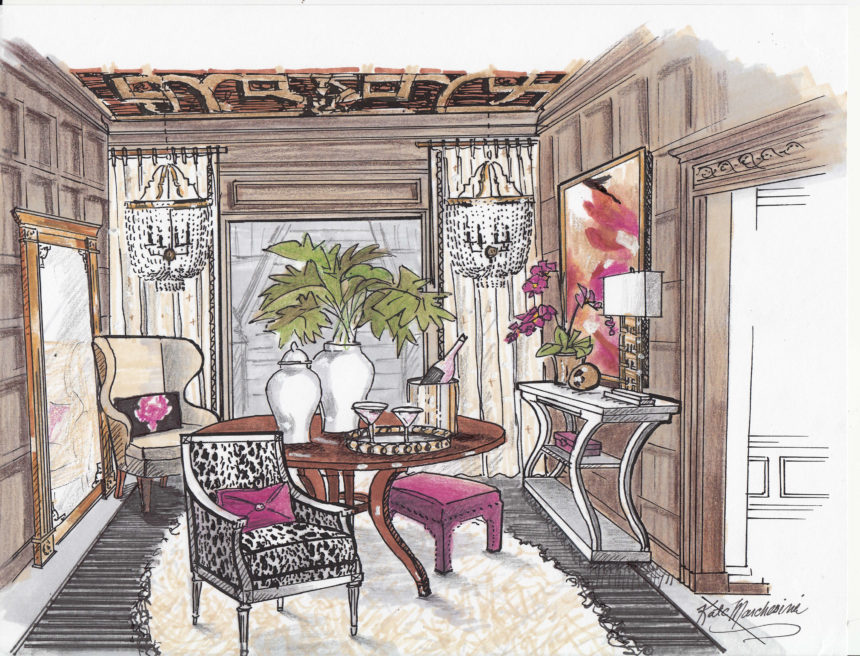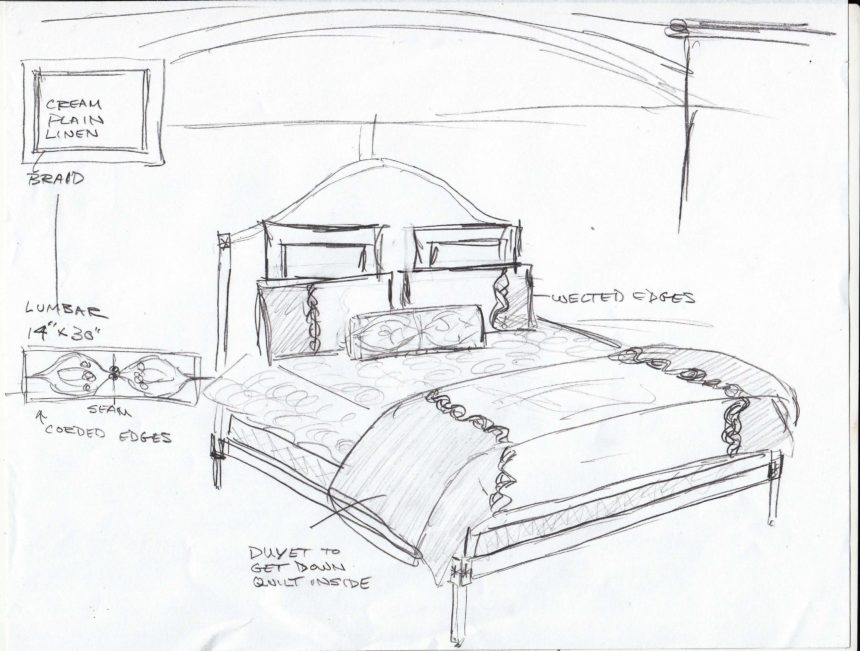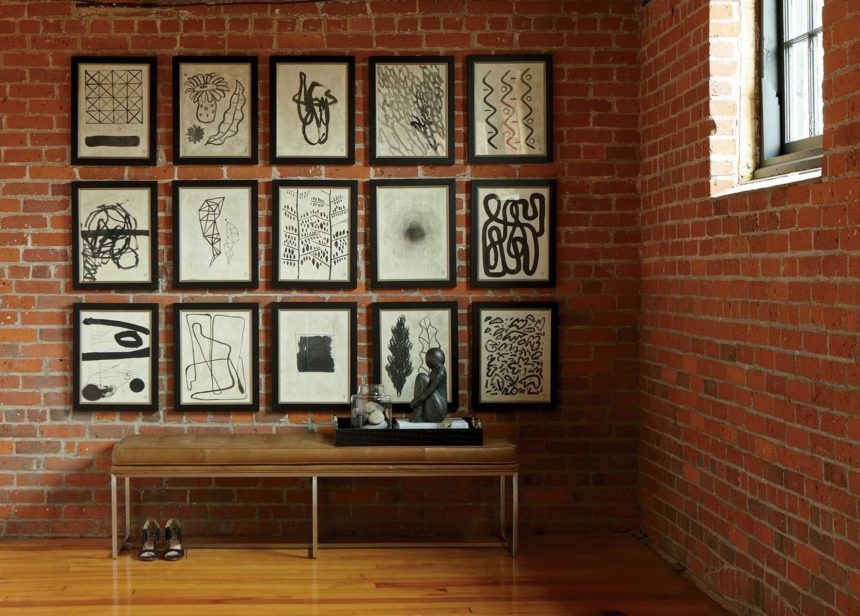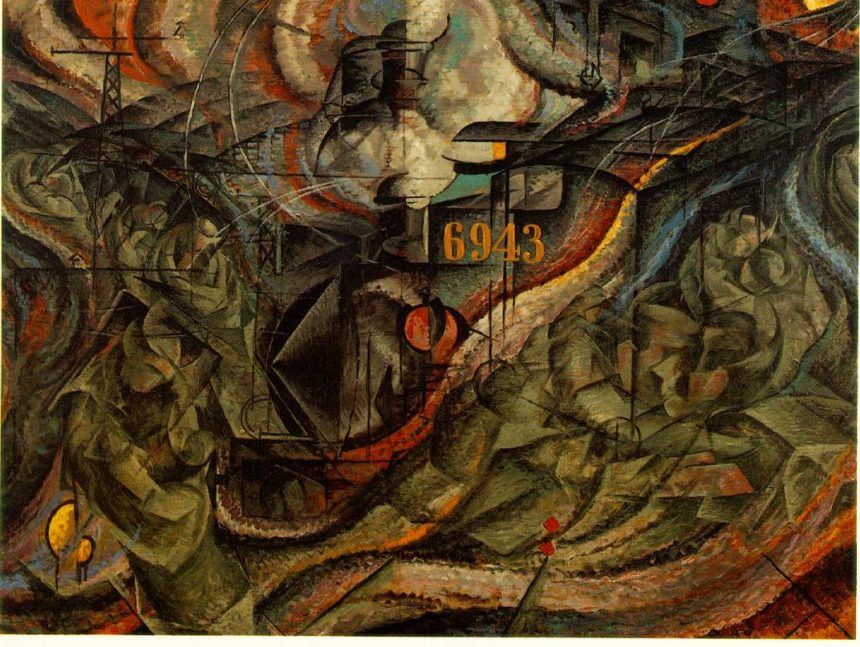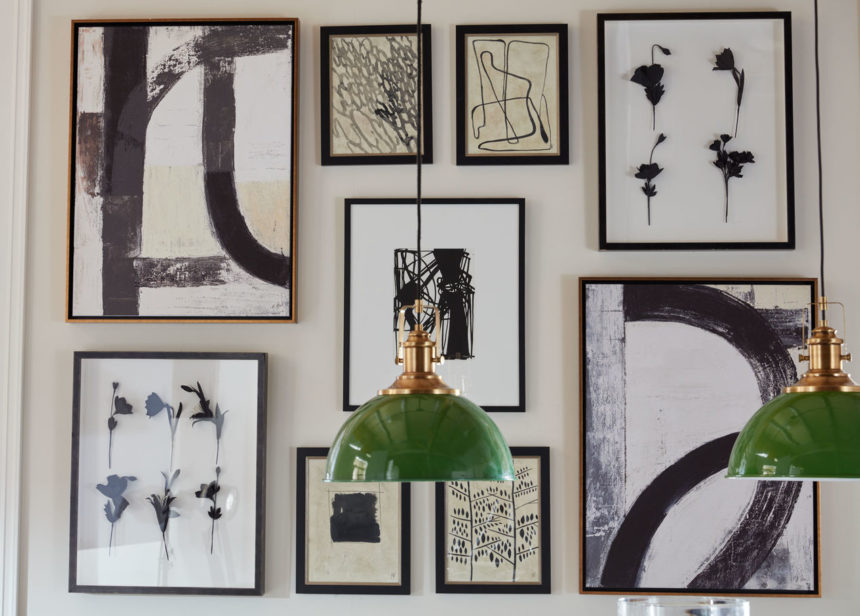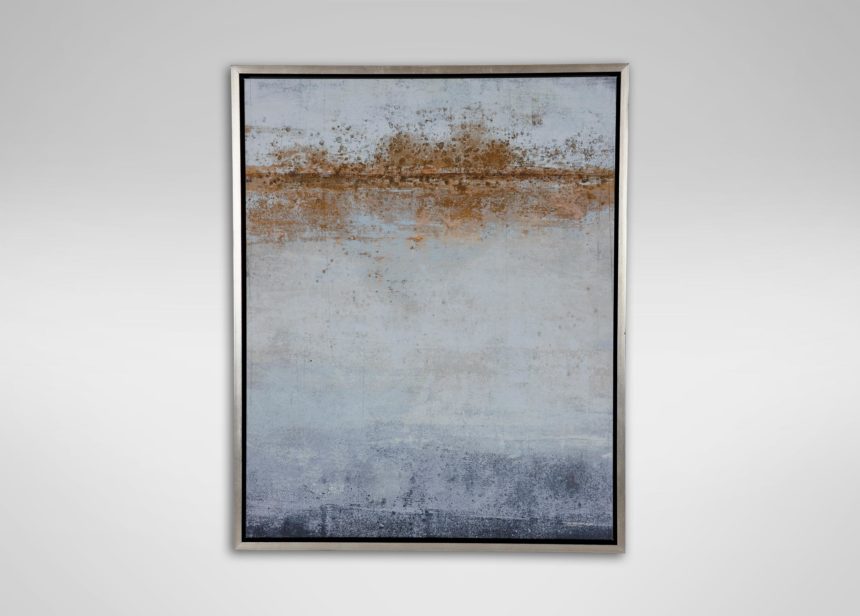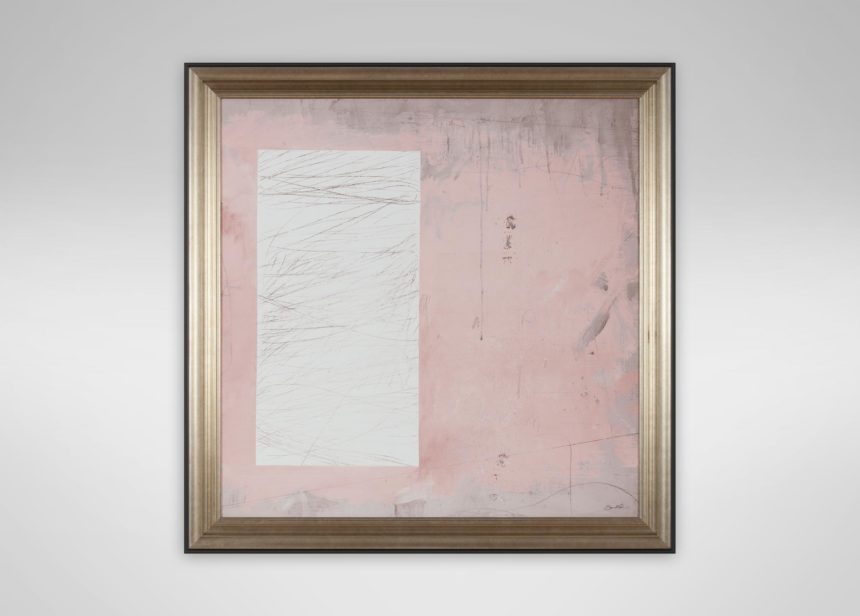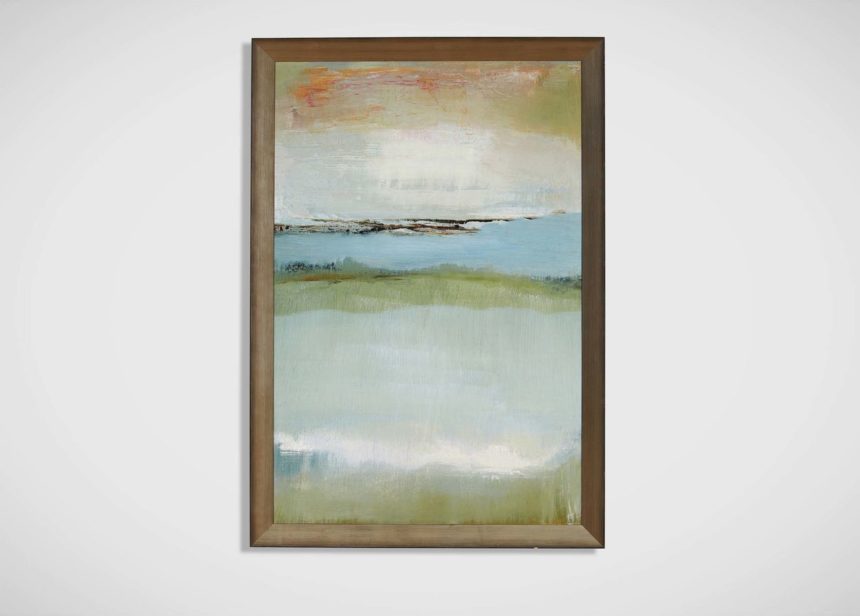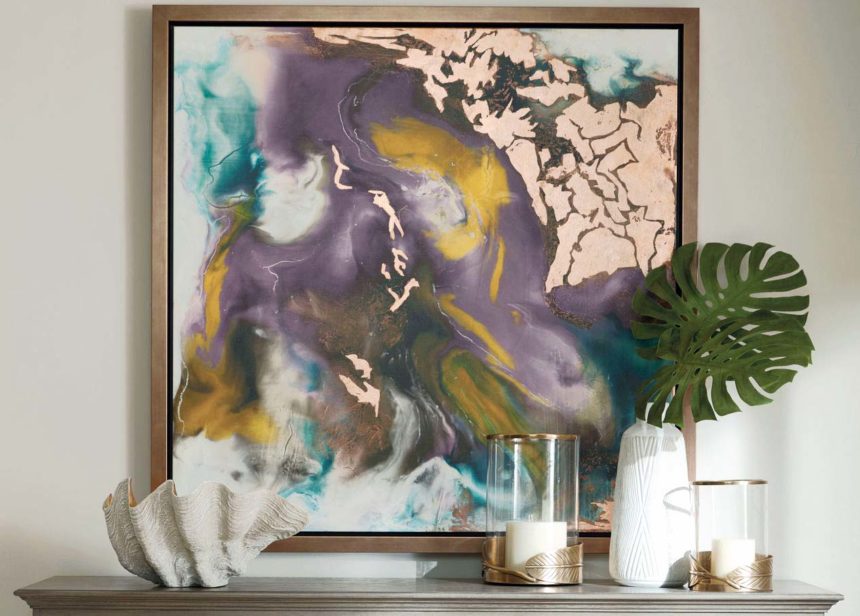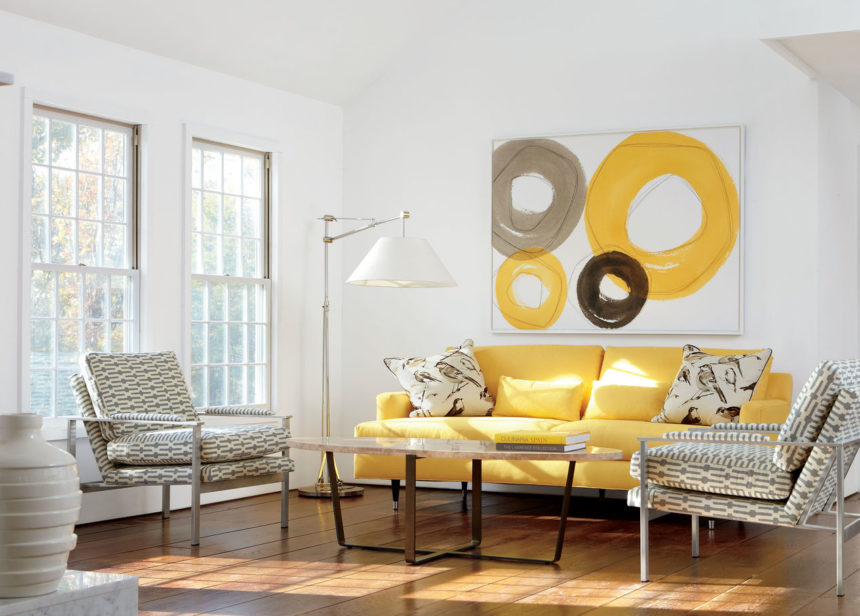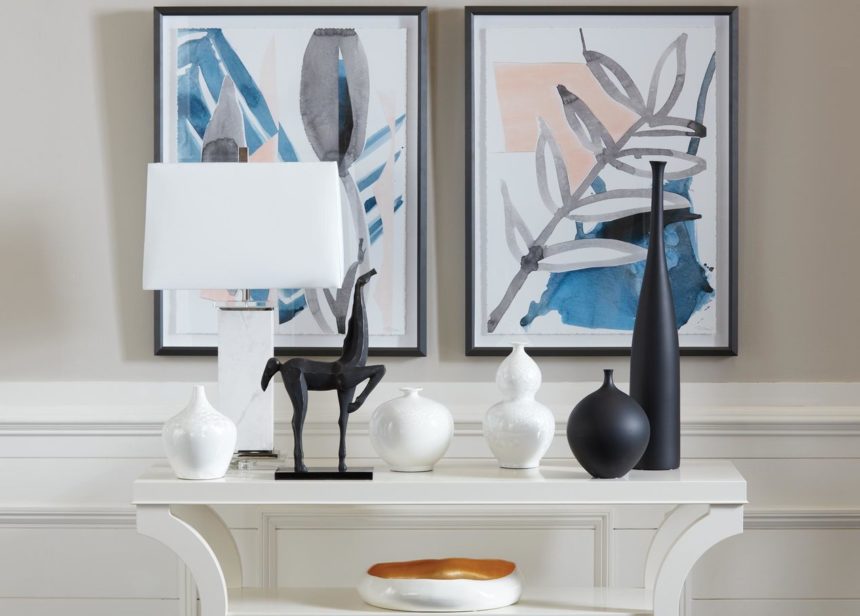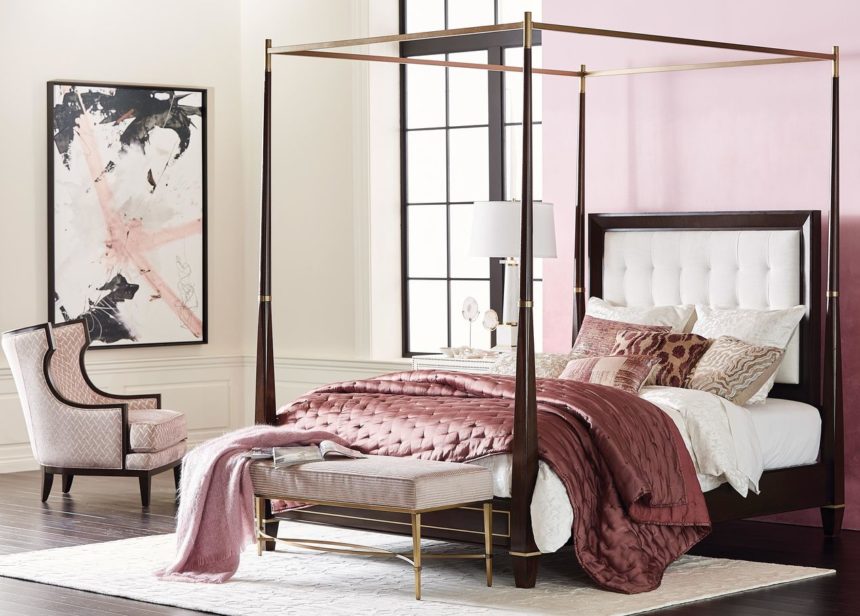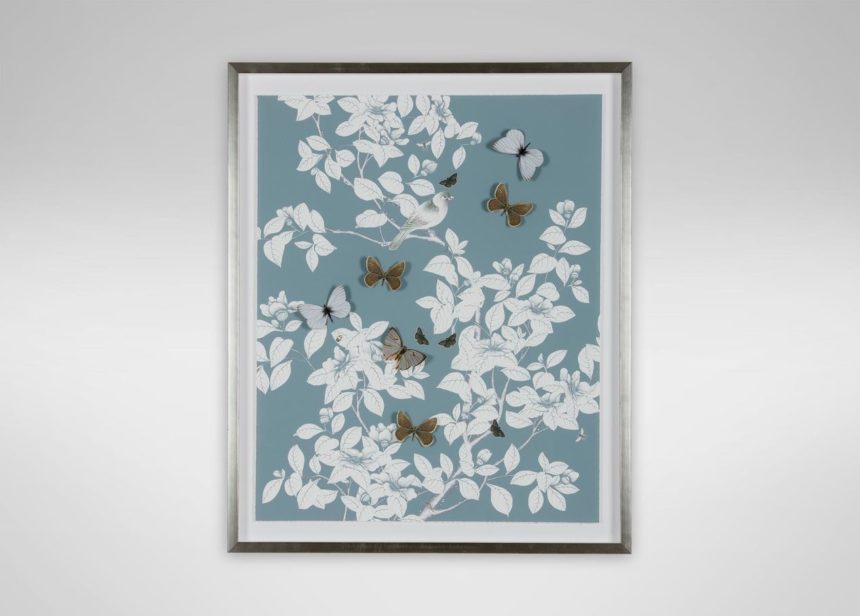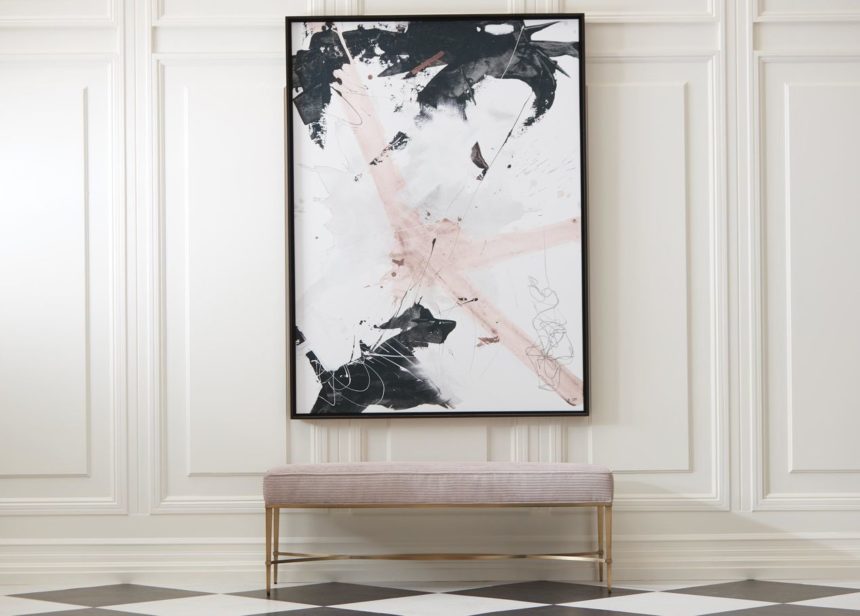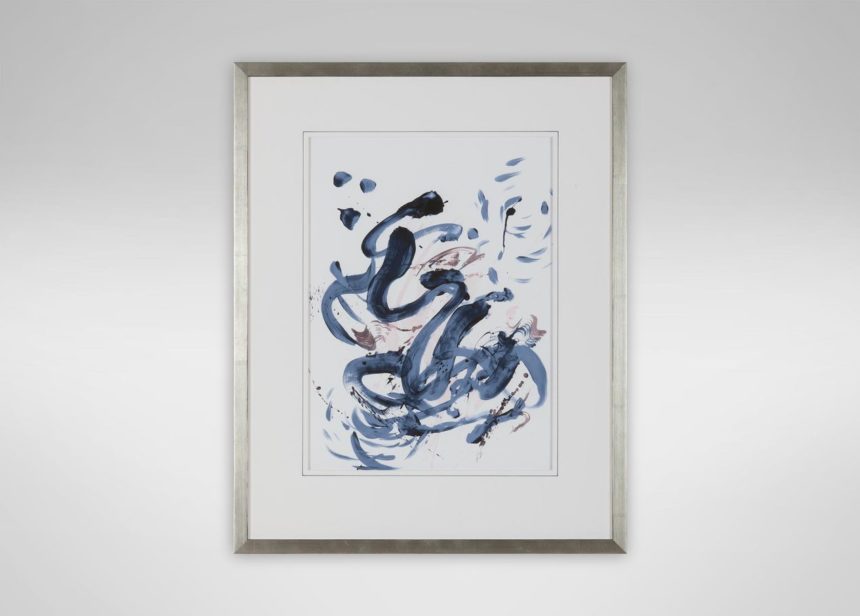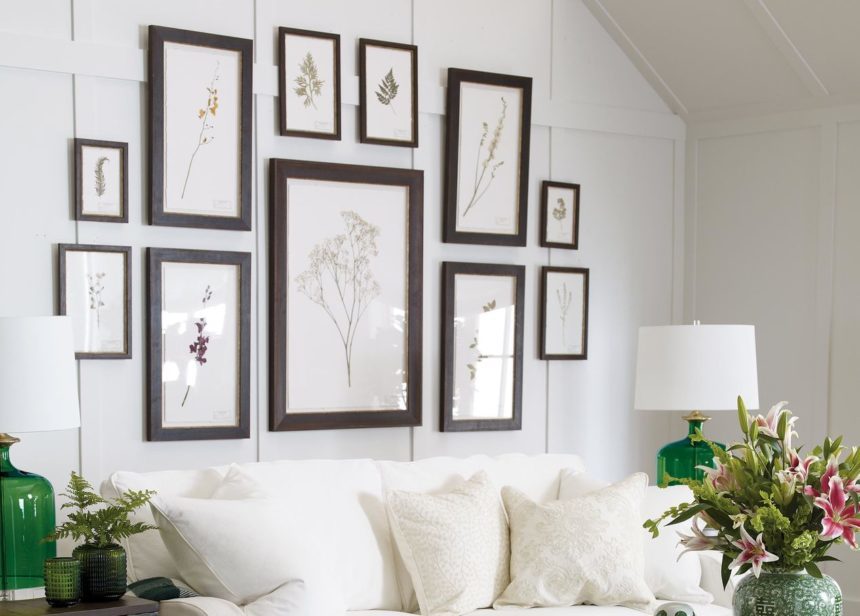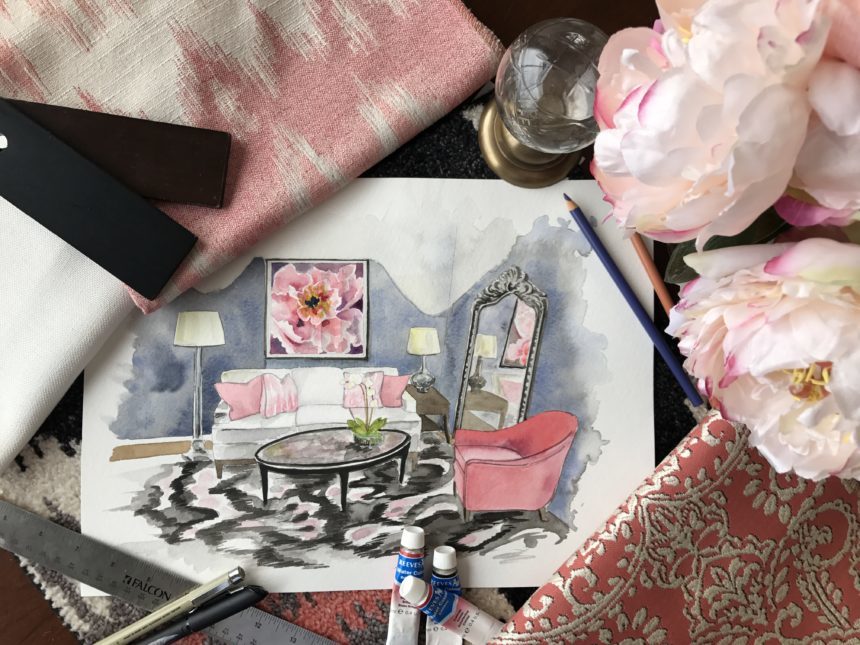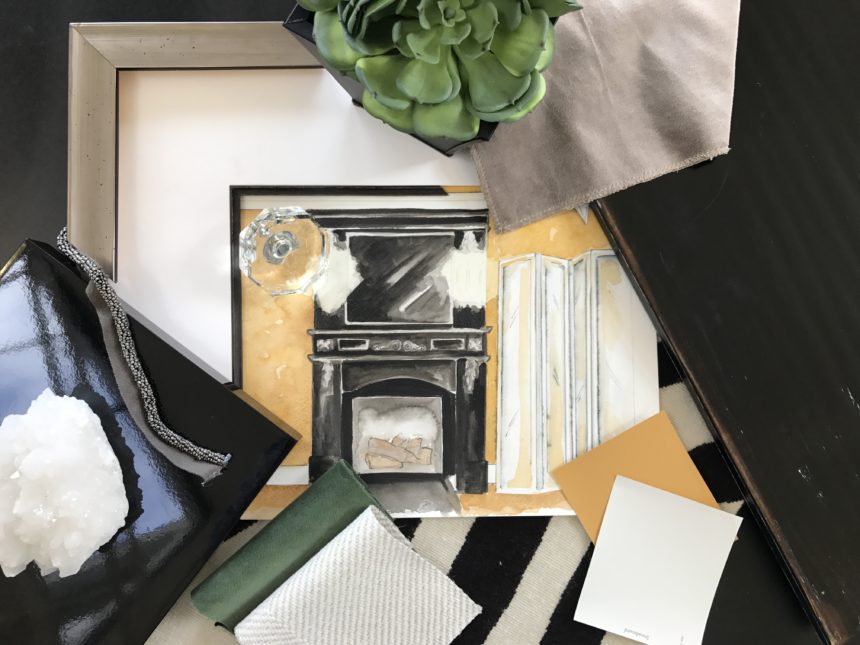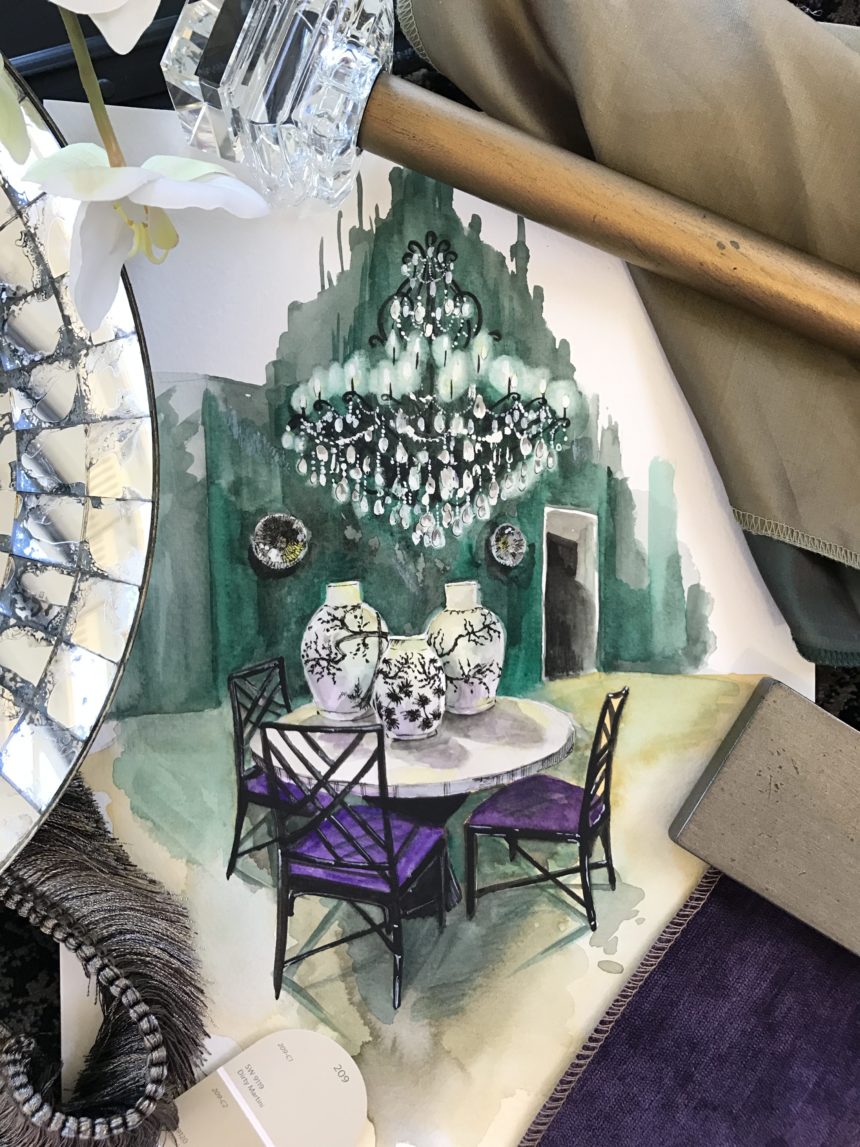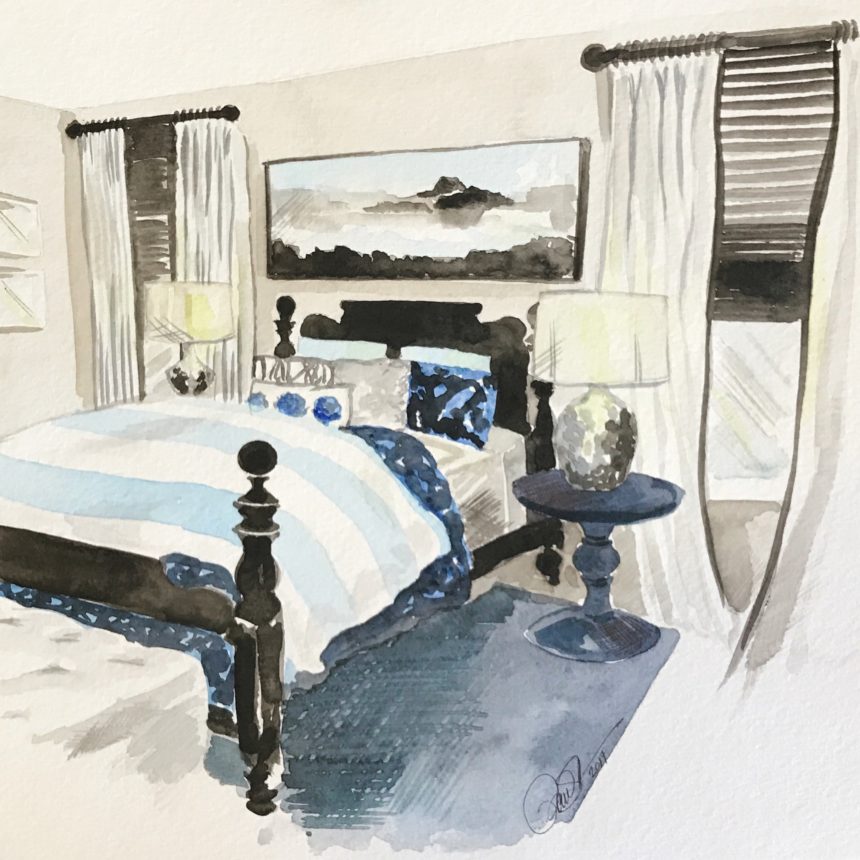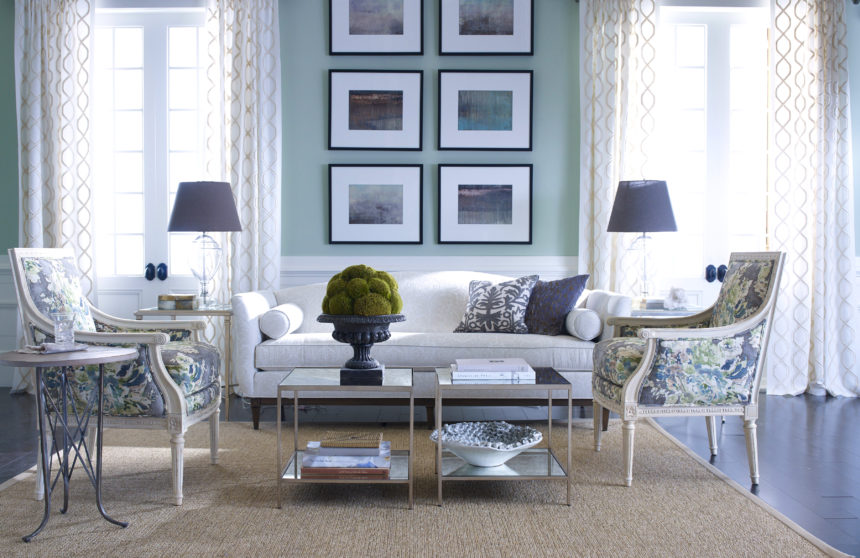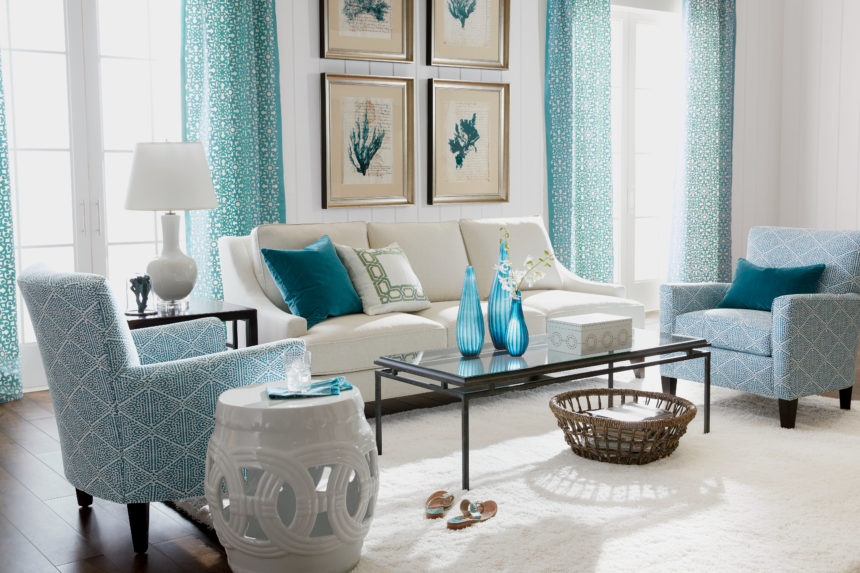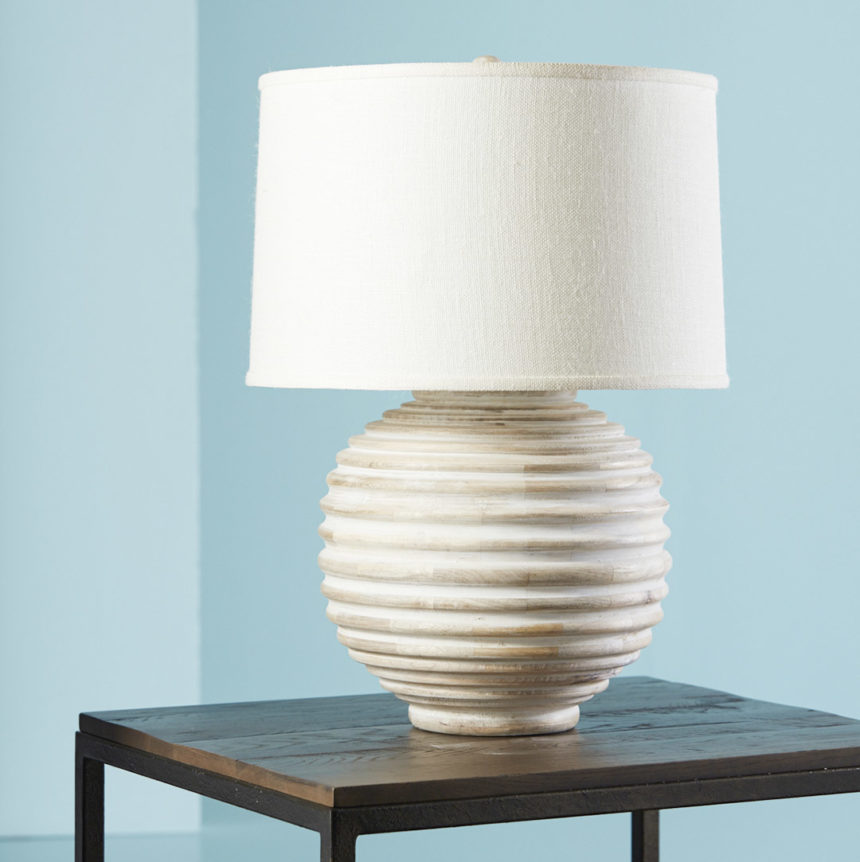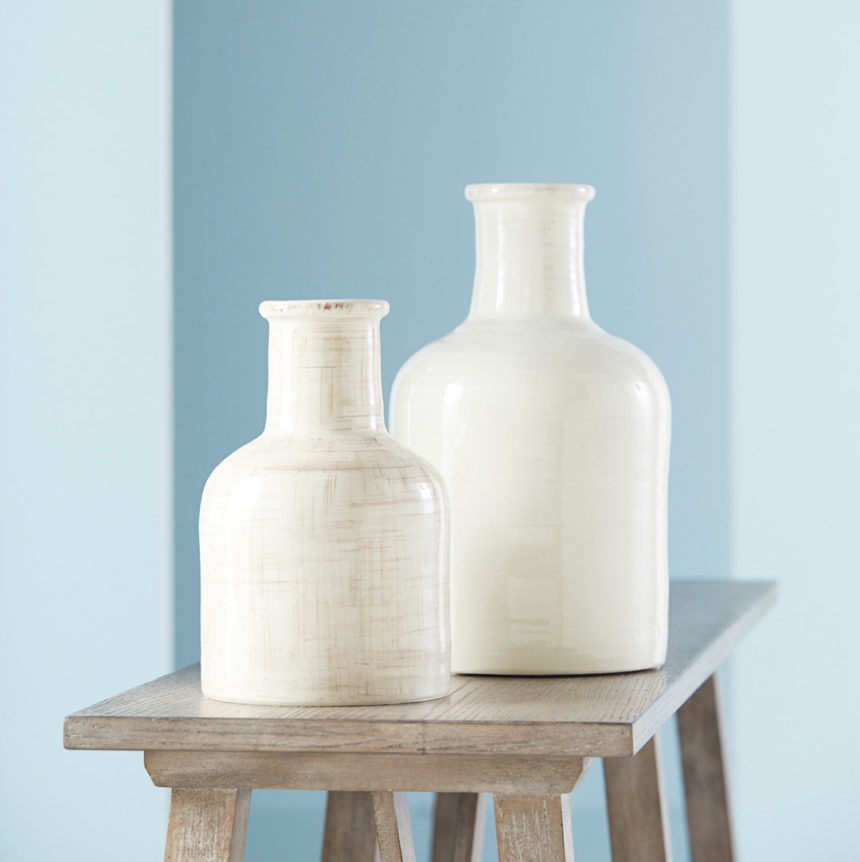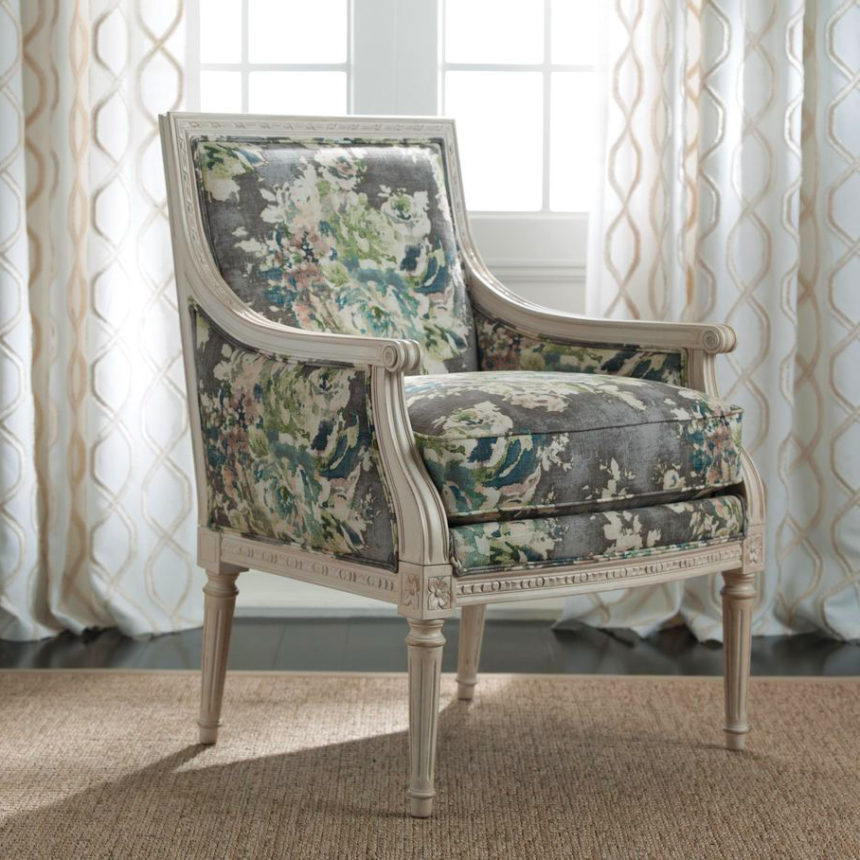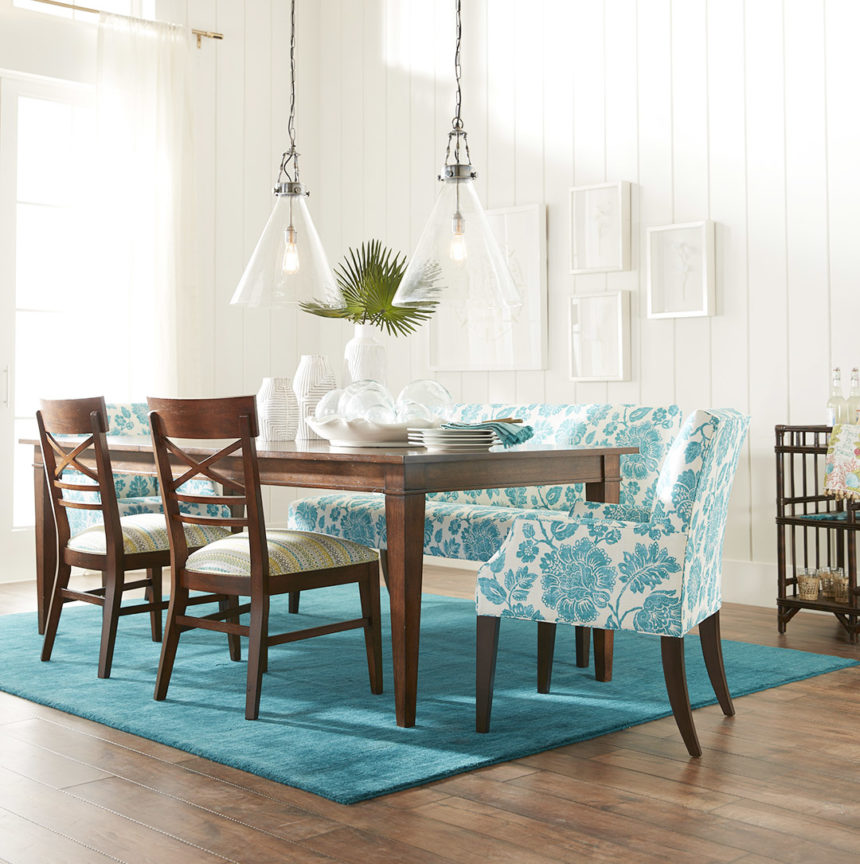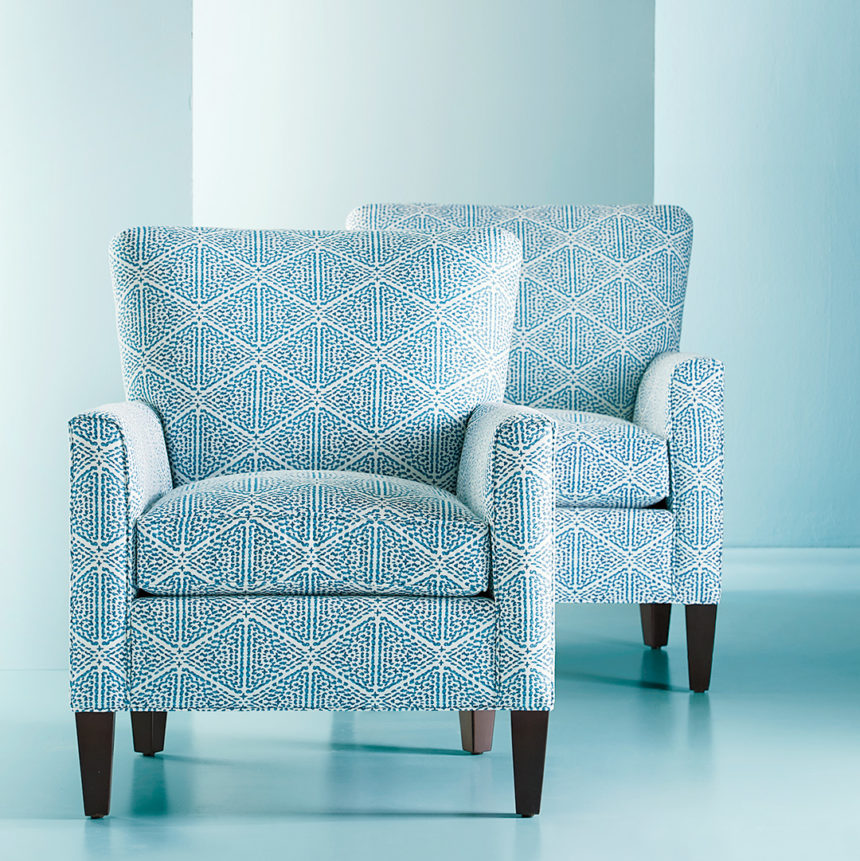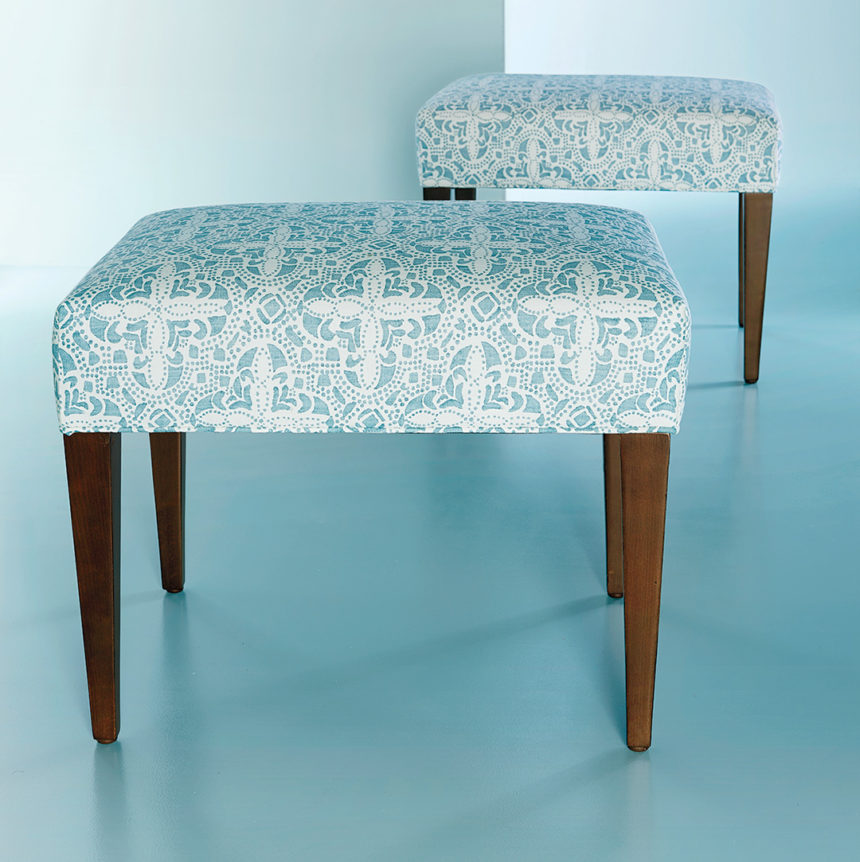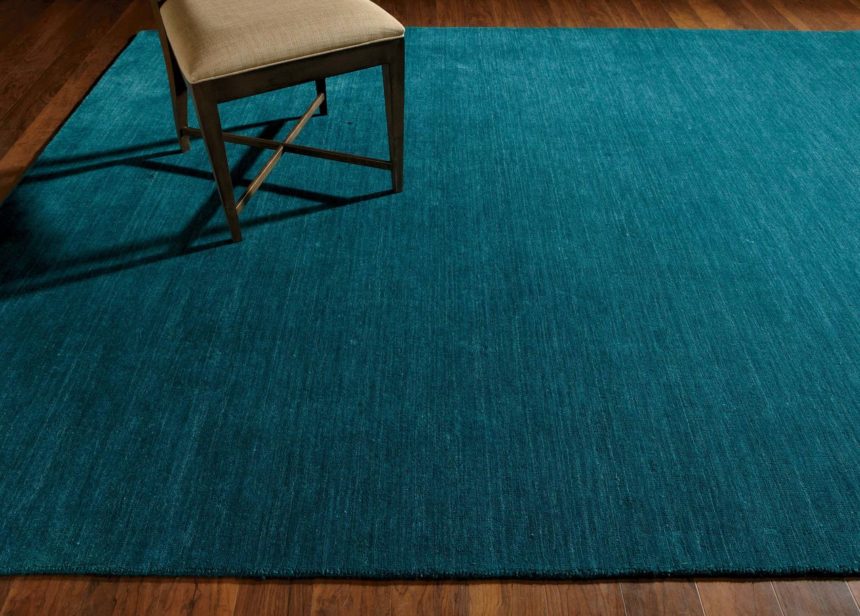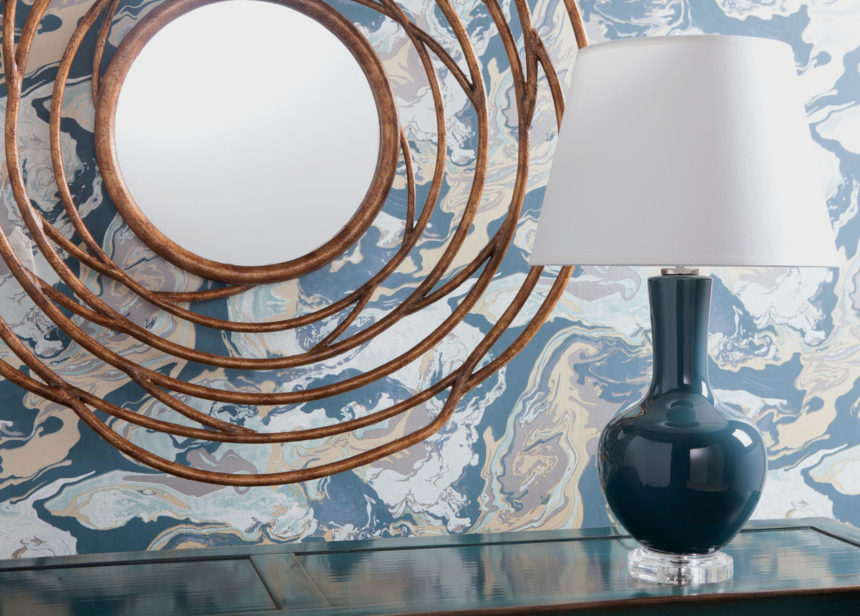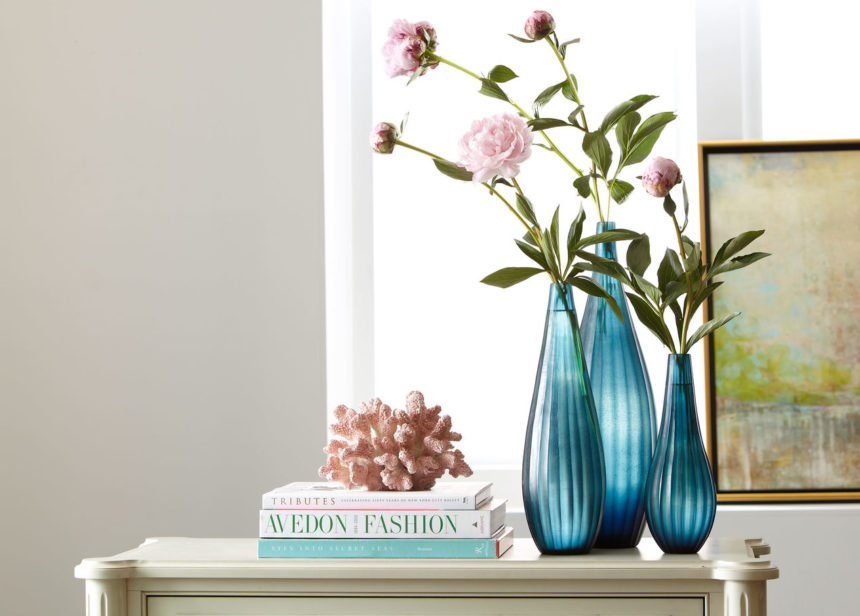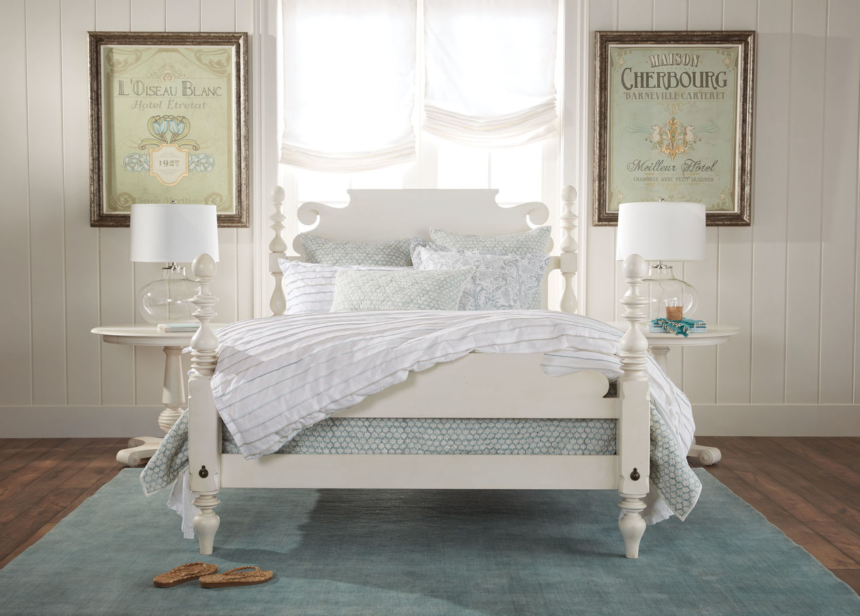It’s Cinco de Mayo AND Kentucky Derby day? There has never been a day in the history of mankind that has demanded a party more clearly than this one. And there has never been a piece of furniture more ready for a party than our Lora bar.
Check out this video of five ways to style our Lora bar
We’ve decided to focus on the Kentucky Derby and the classic cocktail that goes with it: the mint julep. Let’s dive into this great tradition, and, as a bonus, we’ll also give you some pro tips on serving with Lora.
The Kentucky Derby
The Kentucky Derby, which debuted in 1875, takes place at Churchill Downs in Louisville. It’s preceded by a flurry of local activities, including a spectacular air show and fireworks display called Thunder over Louisville. A general admission ticket to the Derby doesn’t guarantee anyone a place to sit, and seats are premium price, so fans start flocking into the Downs early to grab space on the central lawn.
And the hats—what would the Kentucky Derby be without these iconic fashion statements?
It’s also not Derby day without a cold, refreshing mint julep in hand. With an assist from our Lora bar, this cocktail is sure to earn a Triple Crown at your Kentucky Derby party.
Mint Julep Recipe
Although it precedes the Civil War, and reports differ over whether it was originally made with cognac or bourbon, the mint julep became the official drink of the Kentucky Derby in the 1930s. Over 120,000 mint juleps are served at Churchill Downs on Derby weekend, including 10,000 bottles of ready-to-serve cocktail, 60,000 pounds of crushed ice, and 4,000 sprigs of freshly harvested mint.
Mint juleps are traditionally served in silver cups (in fact, the Derby makes sterling silver cups for the big day), and the cups develop a lovely signature frost on the outside as you stir the cocktail. If you don’t have silver cups, don’t worry—we won’t tell. Just make sure to use good bourbon.
Oh, and start this the night before your party; you’ll need to make the simple syrup in advance.
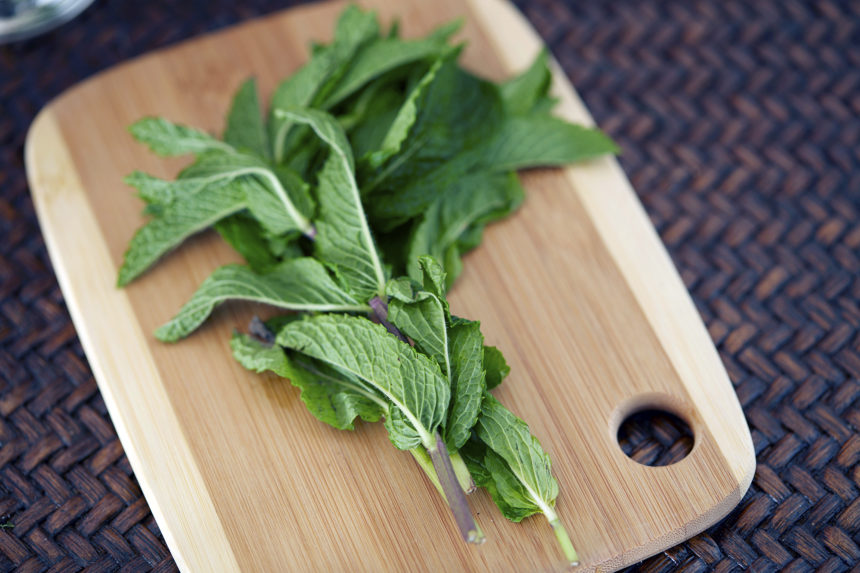
Ingredients
2 cups sugar
2 cups water
Fresh mint
Crushed ice
Bourbon
Silver julep cups
- Prep the syrup. In a saucepan over medium heat, mix the sugar and water and bring to a boil. Heat until the sugar is completely dissolved and the liquid is simmering and clear. Cool the syrup it and place it in a covered container along with six to eight sprigs of fresh mint. Refrigerate overnight.
- Prep your workspace. On the day of your party, place your simple syrup in a bowl along with a tablespoon on the top shelf of your Lora bar. Arrange your bottle of bourbon, a bucket of crushed ice with a small scoop, and a plate of mint sprigs near the simple syrup bowl, leaving yourself a little room to make each cocktail. You can keep a shot glass handy to measure your bourbon; a shot glass holds one ounce of liquid. Place your silver cups on the Lora bar’s second level, along with some spare bourbon in case you run out.
- Make the juleps. Grab a silver cup and use the scoop to fill it with crushed ice. Add one tablespoon of simple syrup, plus two ounces of bourbon (two shots if you’re measuring with the glass). Stir the cocktail rapidly to chill the drink and frost the cup. Garnish with a sprig of mint.

